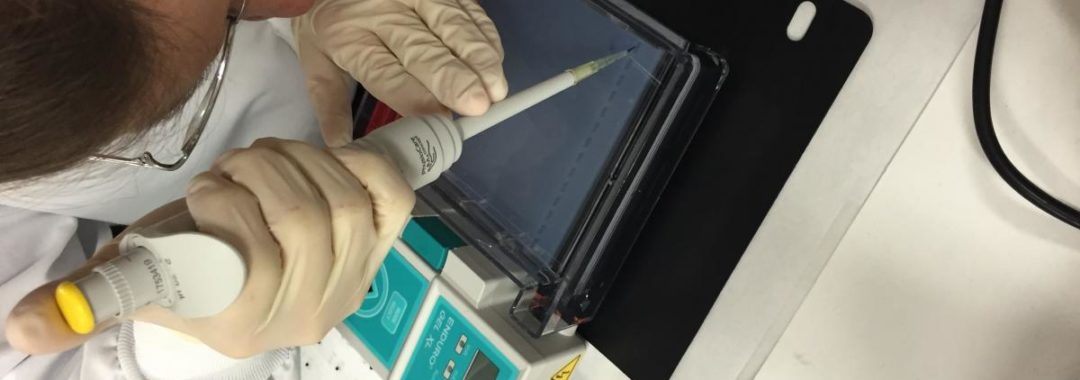
CMC Blog
DNA Sequencing Urban Artifact’s Union Terminal Beer
By: Emily Imhoff, Collections Manager, Zoology
In late 2016, Urban Artifact brewers collected yeast from Union Terminal grounds. A few months later, at a 21+ Curiocity (now Museum on Tap) event, they premiered a new, fruity brew, Union Terminal Bock, made from the National Historic Landmark's yeast! As a part of the event, we were asked in zoology to determine the yeast's species. This is how we did it.
We actually extracted the DNA from the yeast and analyzed it to determine the species. All DNA is made up of a series of nucleotides, of which there are four types: A, T, C and G. We looked at the sequence of the nucleotides of a certain region of the DNA that is known to function like a barcode that identifies different yeast species. Then we compared the sequence of the Union Terminal yeast’s “barcode” to a database of yeast species to see if we can find a match.
First we isolated the DNA from the yeast cells. To do this, we placed the yeast sample into a solution with a mild detergent and then added a special enzyme called Proteinase K. This enzyme, when heated, breaks down the cell membranes and releases the strands of DNA into the liquid.
Next, we made copies of the specific fragments of the DNA that will help us identify the species of the yeast. We run each sample through a polymerase chain reaction (PCR) which involves a series of cycles of heating and cooling. First, ‘primers’ (short fragments of DNA) bind to a DNA of complimentary sequence on either end of the DNA we are looking for. The reaction is then warmed up, and enzymes attach to the ends of the primers and begin copying the DNA strand. Now we have 2 double-stranded DNA molecules, where we only had one before the reaction started. This heating/cooling is repeated over and over (up to 40 times), with the number of copies of your DNA molecule doubling every cycle 2-4-8-16-32-64…etc. After 30 cycles, you have millions of copies of your DNA fragment.
After the PCR was completed, each sample was checked to see if the reaction worked. To do this, we ran them through an agarose gel and looked to see if DNA fragments of the expected size were present. The gel is made of agar, a gelatin-like substance made from seaweed. If you have ever had ‘vegan gelatin,’ you may have eaten agar! Using electricity, the samples of DNA fragments were pulled through the gel. Smaller fragments move farther through the gel than larger fragments. Using UV light, we can see if we got DNA fragments of the size we expect.
If the gel shows a successful result, we will then sequence the DNA fragments. Each sample is run through the robotic DNA sequencer machine. The machine’s computer produces a chart showing the order of the nucleobases of the DNA, which we can then compare to known sequences from different yeast species.
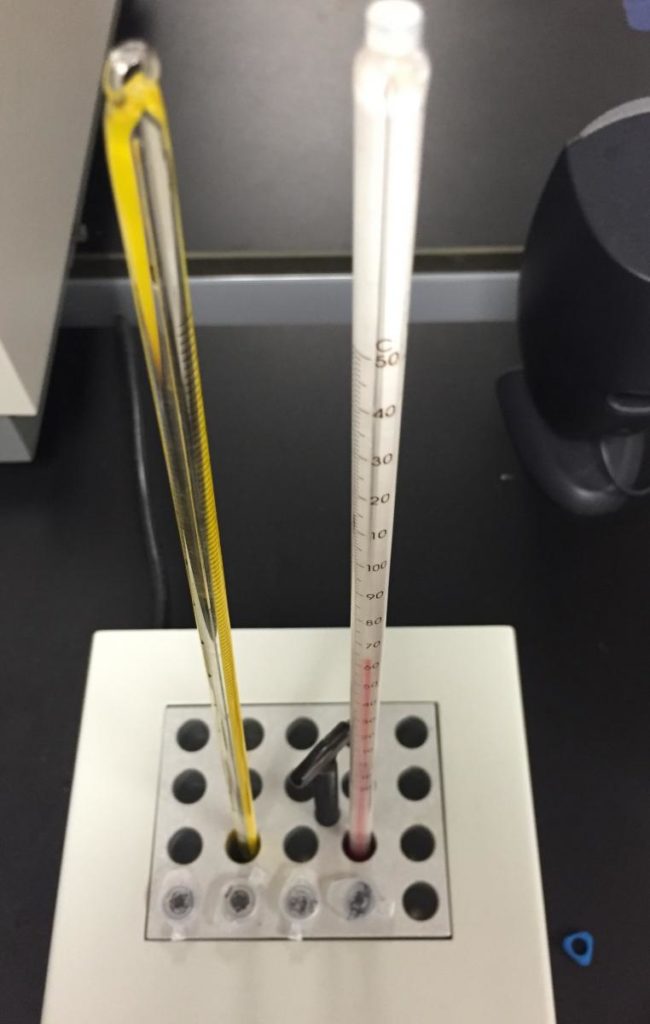
Each tube contains a sample of yeast cells, a detergent solution, and Proteinase K enzyme. This heat block will hold the tubes at just the right temperature for the enzyme to break down the proteins in the yeast cells.
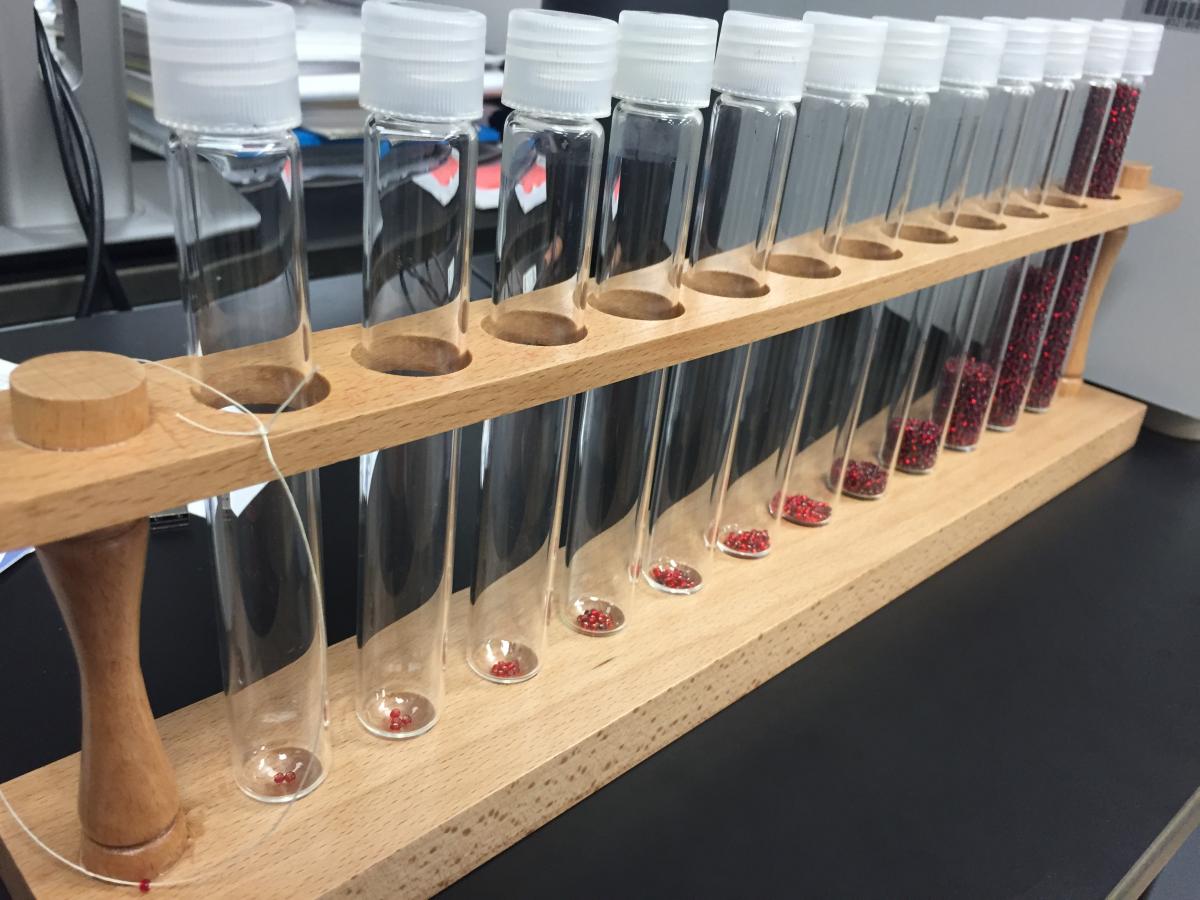
In this handy demo, each tube of red beads represents a cycle of PCR. You can see the dramatic increase as the number of DNA strands (beads) produced in each cycle doubles.
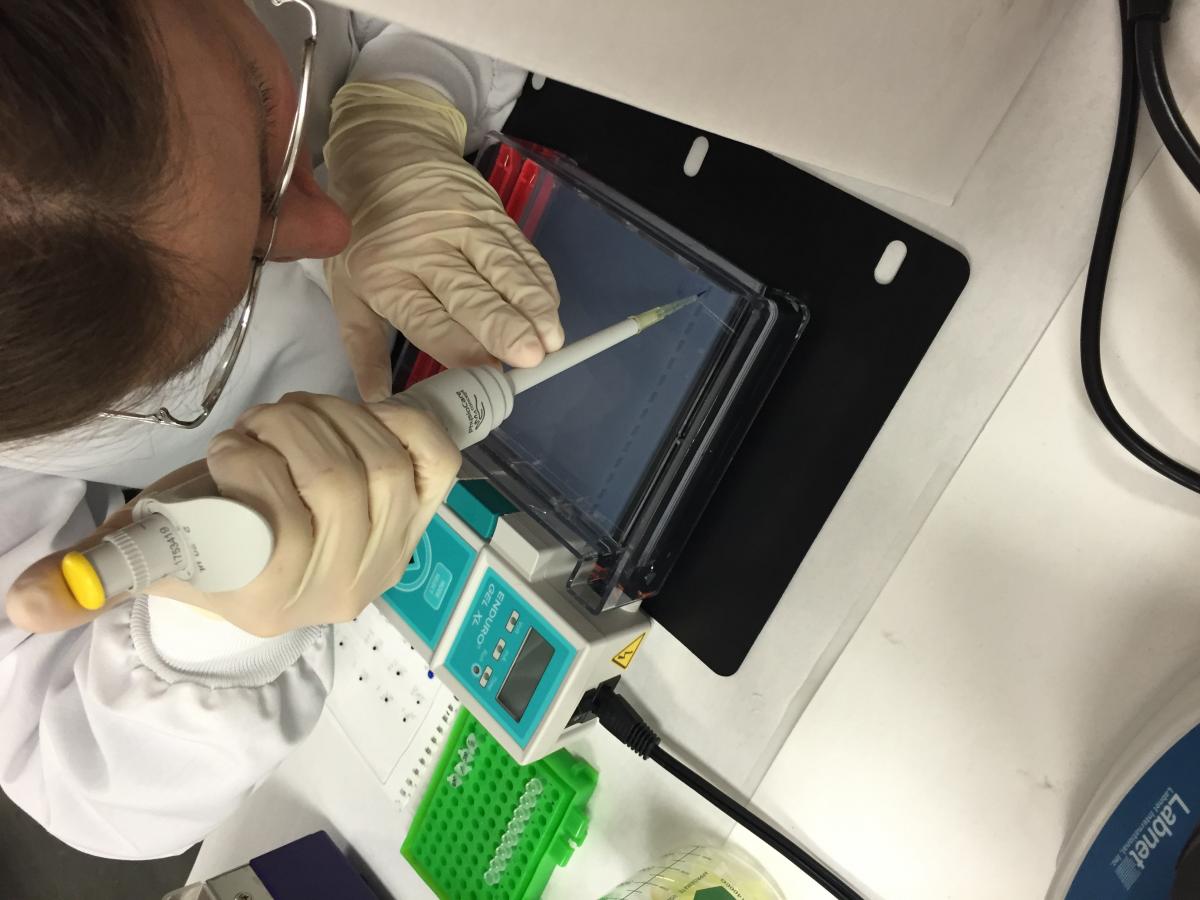
Each sample that comes from the PCR machine is then loaded into a gel for “gel electrophoresis”- the process of pulling the DNA through the gel using an electrical current.
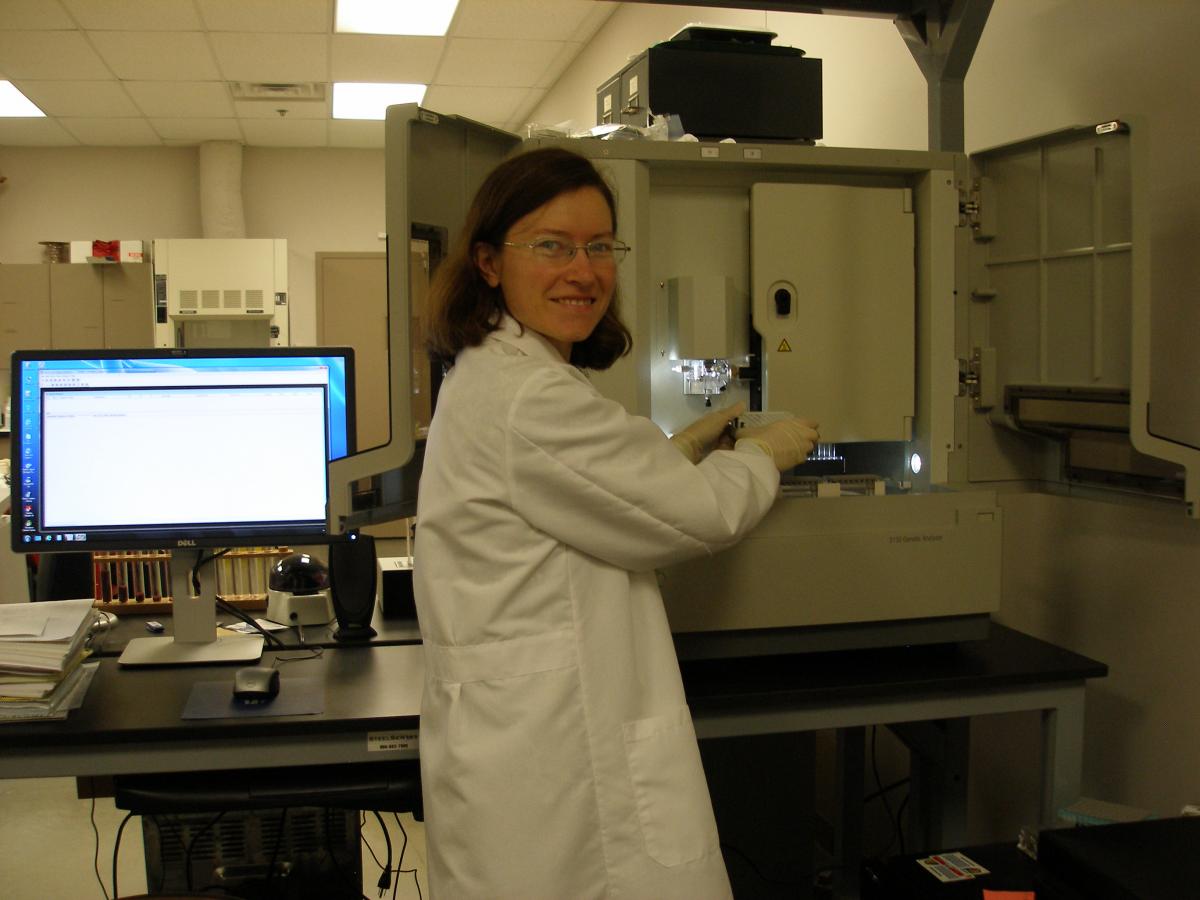
The DNA sequencer reads the sequence of nucleotides in each sample, so we can compare it to known sequences of yeast species.
Museum Admission
Includes Cincinnati History Museum, Museum of Natural History & Science and The Children’s Museum.
| Adult (13+): | |
| Senior (60+): | |
| Child (3-12): | |
| Member Adult: | FREE |
| Member Child: | FREE |
Members receive discounts!
Become a Member today to save on programs, exhibits and films throughout CMC.
Museum Hours
Open Thursday – Monday
10 a.m. to 5 p.m.
Closed Tuesday and Wednesday
Closed Thanksgiving Day and Christmas Day
Member’s-only early entry: Saturdays at 9 a.m.
Customer Service Hours:
Monday – Sunday, 9 a.m. to 5 p.m.
